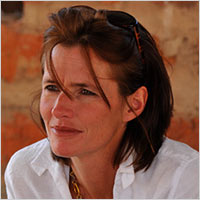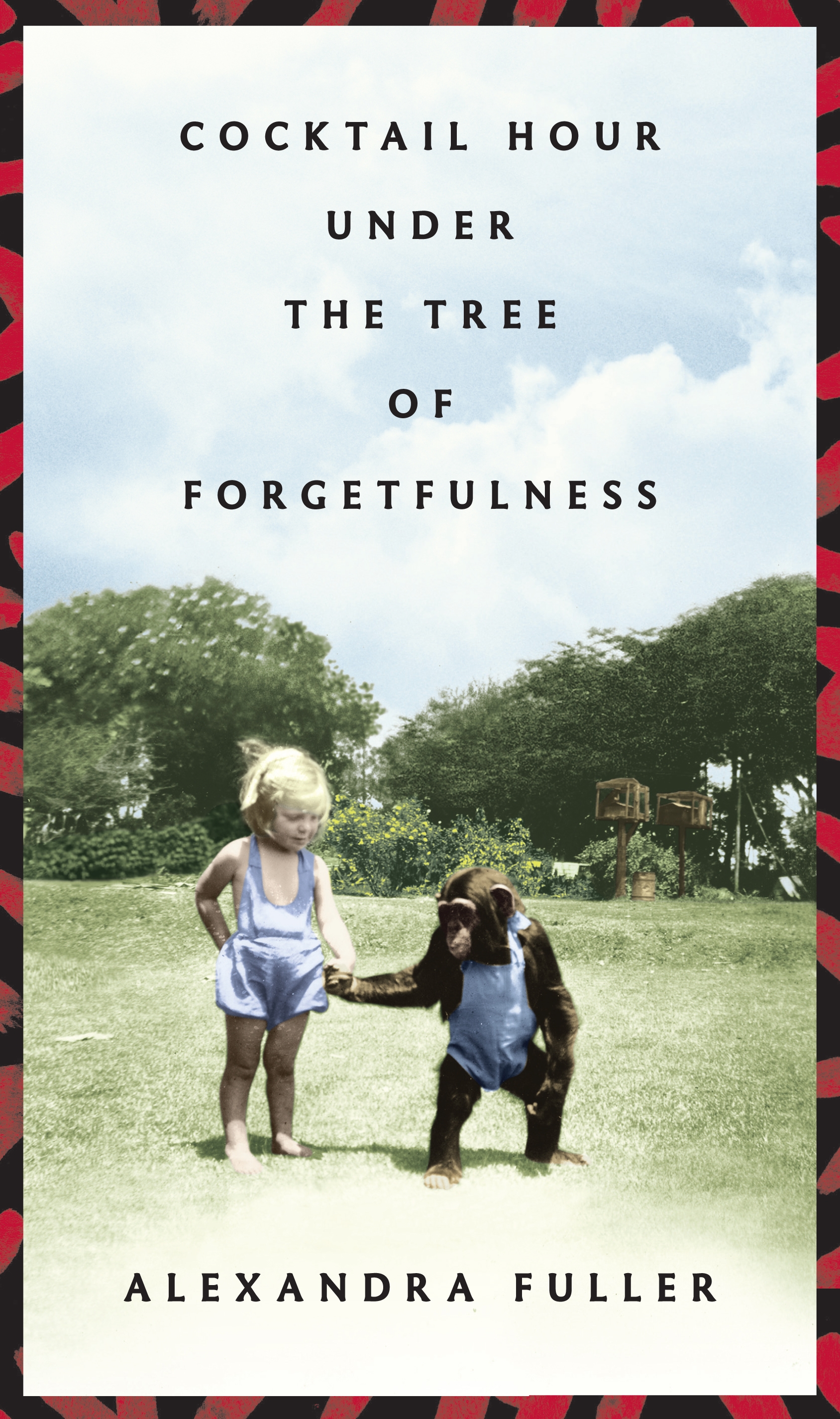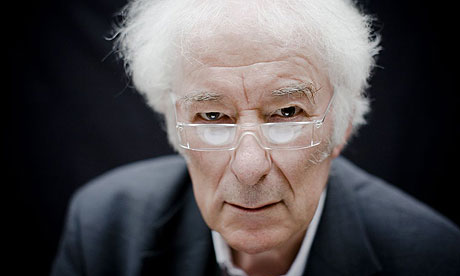(I must write about my parents' visit, but I have yet to transfer pictures from my camera to my computer. Soon!)

I recently devoured a book called
Don't Let's Go to the Dogs Tonight by Alexandra Fuller, a woman who was born in England but moved to Africa shortly thereafter and grew up in various south African countries as her family hopped from farm to farm. I was pleased to learn that she would be speaking at Barnes and Noble for two reasons: 1) I thought the book, a memoir about her childhood, was well-written and fascinating, and 2) author talks at Barnes and Noble are free. I purchased a copy of the book - unfortunately not in paperback yet - from Amazon in preparation. I was surprised by how many people attended. There was quite a crowd to see Sebastian Junger, but he's, well, Sebastian Junger. I figured fewer people would have heard of Fuller. I learned about her books only recently when a friend happened to recommend her, but apparently I was late to the game. The place was packed.
Fuller lives in Montana now. She is short, slender, and has a sort of outgrown bob haircut that manages to be both stylish and casual, and which she musses while she talks. She was dressed, again, simply but fashionably in a plain white button-down blouse with several flow-y scarves and cardigans wrapped around various parts of her. Her accent is absolutely fantastic, a delightful mix of South African and English, and she seems to have inherited the British affection for gallows humor, too. She did some fantastic impressions of her mother, too. (Obviously, I've never met her mother and have no idea how accurate Fuller was, but I certainly enjoyed it.) And she talked about her mother a lot, because her new book,
Cocktail Hour Under the Tree of Forgetfulness, is about her mother's life. After reading
Dogs, her mother accused Fuller of having no idea who she was, and Fuller realized she was right. She recommends that everyone interview their mother; she said that, like having whooping cough, it was not enjoyable, but that it was an invaluable experience. Fuller did this over the course of a few months, and she said it was remarkably difficult to listen like an author, not like a daughter, and to avoid the pitfalls of judgement or even compassion.
 |
| Fuller's mother and a friend! |
She read several excerpts from the book. It's tone is similar to that of
Dogs, and I was interested to discover that both books are meant to be humorous, albeit darkly so. Fuller's mother was not an easy woman to live with and was often cruel, often unintentionally which makes it even worse somehow, to her children. (She had an extremely difficult life, so it was easy to empathize with and even like her at times.) However, it was clear from listening to Fuller read and discuss that she harbors no hard feelings. How I'd love to meet her! Fuller says that her own daughter went to stay with her grandmother in Africa for a while, and when she returned, exclaimed, "My God, you underwrote that woman!" Hard to believe, because she comes across larger than life in
Dogs.. Fuller's mother has a weakness for animals, but otherwise, she's tough as nails. Fuller told about how her mother was attacked by a swarm of African bees, and that her only comment when regarding her swollen face in the mirror afterward was that her wrinkles had vanished, and that she wished she could get the bees to sting the other side so she could take full advantage of "nature's Botox." In a scene from the new book, she dresses her children in costumes for a party, then collects her lipstick, sunglasses, and Uzi to head out the door. Fuller, in her bulky costume, wouldn't fit in the cab of the landmine-proof Land Rover, so her mother tossed her into the trunk. Years later, it occurred to Fuller that the trunk of this Land Rover was NOT landmine-proof, and she confronted her mother about it. "Yes, I knew that," her mother replied, "and if I'd known you were going to grow up to write all these horrible books, I'd have aimed for one." Fuller says her mother is much better parent to a woman in her 40's than she ever was to a child, and the two seem to have an easy-going relationship, filled with the kind of humor Fuller learned to appreciate as she grew older. I can't wait to read this book!
 |
| The latest in the collection |
Like most authors I've seen, Fuller was remarkably articulate. Each sentence, even answers to audience questions, sounded as though she had pre-written it, thinking carefully about syntax, rhythm, and cadence. She was anything but stuffy, though; in one of the excerpts she read for us, her mother sings a few lines from a song, and Fuller cheerfully sang them for us without a hint of self-consciousness. While signing books after the talk, she looked everyone in the eye, listening patiently to everyone's personal stories about Africa. I'm thrilled that I got to go see her funny, insightful presentation, and I can't wait to read her new book! I heard good things from other people in the signing line about another of her books,
Scribbling the Cat, also. Another one for the list!







